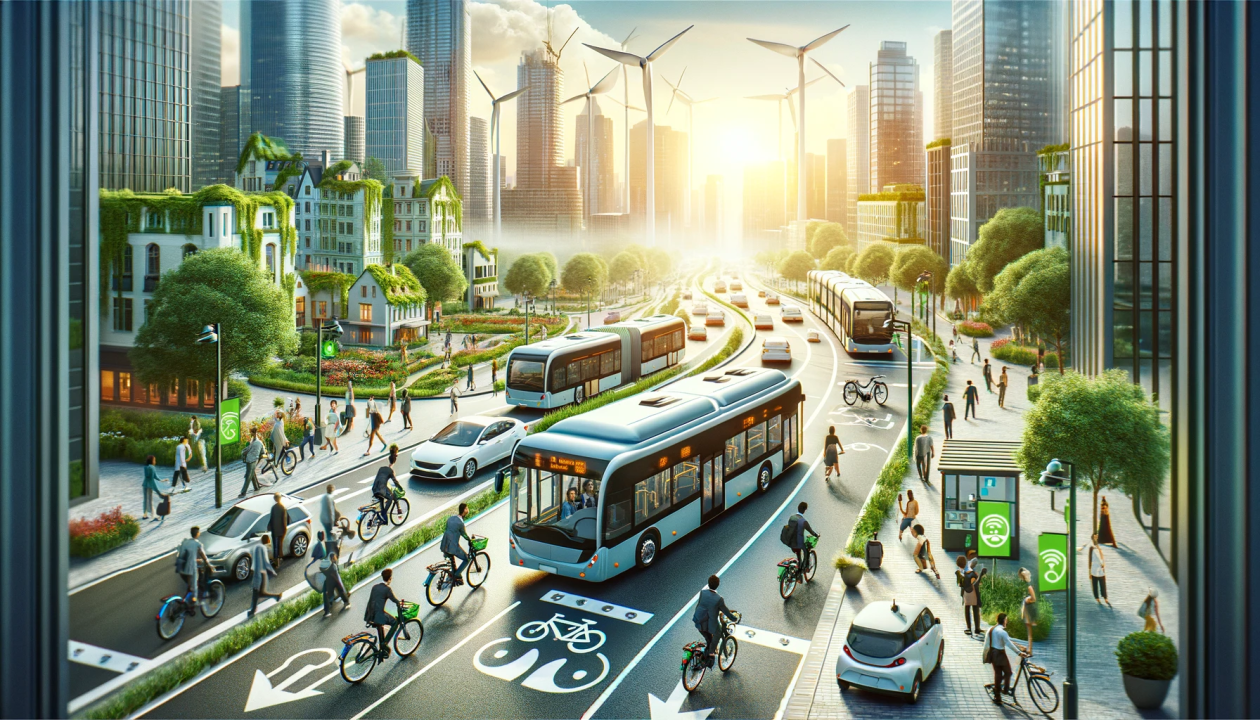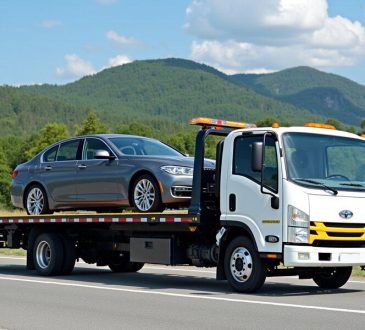
In recent years, the automotive industry has undergone a significant transformation, driven by advances in green technology and an increasing emphasis on sustainability. Among the most notable developments is the rise of electric York airport taxis. These vehicles are not only redefining urban transport but also contributing to a cleaner and more sustainable future. In this blog post, we will delve into the emergence of electric taxis, explore their environmental benefits, and examine the future of green transportation in urban areas.
The Rise of Electric Taxis
Historical Context
The concept of electric vehicles (EVs) is not entirely new. In fact, the earliest electric cars date back to the late 19th and early 20th centuries. However, due to limitations in battery technology and the advent of more efficient internal combustion engines, electric vehicles fell out of favour for much of the 20th century. It wasn’t until the late 20th and early 21st centuries, with growing environmental concerns and technological advancements, that electric vehicles began to regain attention.
The Advent of Modern Electric Taxis
The re-emergence of electric vehicles paved the way for the introduction of electric taxis. Cities around the world have been grappling with issues such as air pollution, noise pollution, and traffic congestion. Electric York city taxi present an attractive solution to these problems. The first wave of modern electric taxis appeared in the early 2010s, with notable models such as the Nissan Leaf and the Tesla Model S being adapted for taxi use.
Government Initiatives and Support
Government policies and incentives have played a crucial role in the adoption of electric taxis. In the United Kingdom, for instance, the government has implemented various initiatives to promote the use of electric vehicles, including grants for purchasing EVs, investment in charging infrastructure, and stricter emissions regulations. London, in particular, has been at the forefront of this movement, introducing measures such as the Ultra Low Emission Zone (ULEZ) to encourage the use of cleaner vehicles.
Environmental Benefits of Electric Taxis
Reduction in Greenhouse Gas Emissions
One of the most significant environmental benefits of electric taxis is their potential to reduce greenhouse gas emissions. Traditional taxis, which rely on petrol or diesel engines, emit a substantial amount of carbon dioxide (CO2) and other harmful pollutants. In contrast, electric taxis produce zero tailpipe emissions, significantly reducing their carbon footprint. According to a report by the European Environment Agency, switching to electric vehicles could cut CO2 emissions from road transport by up to 90% by 2050.
Improved Air Quality
Air pollution is a major concern in many urban areas, contributing to respiratory diseases, cardiovascular problems, and premature deaths. Electric taxis can help improve air quality by eliminating tailpipe emissions of nitrogen oxides (NOx) and particulate matter (PM), both of which are major pollutants from conventional vehicles. Studies have shown that cities with a higher proportion of electric vehicles tend to have better air quality, leading to improved public health outcomes.
Noise Pollution Reduction
Electric vehicles are significantly quieter than their petrol or diesel counterparts, contributing to a reduction in noise pollution. This is particularly beneficial in densely populated urban areas, where noise from traffic can be a major source of stress and discomfort. The quiet operation of electric taxis can create a more pleasant and peaceful urban environment, enhancing the quality of life for city dwellers.
Sustainable Energy Integration
Electric taxis have the potential to integrate with renewable energy sources, further enhancing their environmental benefits. By charging EVs with electricity generated from wind, solar, or other renewable sources, the overall carbon footprint of electric taxis can be further reduced. This aligns with broader efforts to transition to a more sustainable and resilient energy system.
The Future of Green Transportation in Urban Areas
Advancements in Battery Technology
One of the key factors influencing the future of electric taxis is the continued advancement in battery technology. Modern lithium-ion batteries have already seen significant improvements in terms of energy density, charging speed, and cost. Future developments, such as solid-state batteries, promise even greater performance, potentially offering longer ranges, faster charging times, and improved safety. These advancements will make electric taxis more practical and appealing for both drivers and passengers.
Expansion of Charging Infrastructure
The availability of charging infrastructure is critical to the widespread adoption of electric taxis. Efforts are underway in many cities to expand and enhance the charging network. In the UK, the government has committed to supporting the installation of rapid and ultra-rapid charging points across the country. This includes initiatives like the Rapid Charging Fund, which aims to ensure that drivers are never more than 30 miles away from a rapid charging station. As the charging infrastructure improves, the convenience and accessibility of electric taxis will increase, encouraging more drivers to make the switch.
Autonomous Electric Taxis
The advent of autonomous driving technology holds significant potential for the future of electric taxis. Self-driving electric taxis could offer a more efficient and flexible transportation solution, reducing the need for private car ownership and optimising urban mobility. Companies like Waymo, Tesla, and Uber are already testing autonomous electric vehicles, and it is likely that we will see more autonomous electric taxis on the roads in the coming years. This could revolutionise urban transport by providing a seamless and sustainable alternative to traditional taxis and ride-hailing services.
Integration with Public Transport
Electric taxis can play a vital role in complementing and enhancing public transport systems. By providing first-mile and last-mile connectivity, electric taxis can make it easier for people to access public transport, reducing the reliance on private cars. This integration can create a more cohesive and efficient urban transport network, promoting sustainable mobility and reducing congestion.
Policy and Regulatory Support
Continued support from governments and regulatory bodies will be essential to the growth of electric taxis. Policies that incentivise the adoption of electric vehicles, such as subsidies, tax breaks, and low-emission zones, will encourage more taxi operators to transition to electric fleets. Additionally, regulations that mandate the use of electric or low-emission vehicles for taxi services can accelerate this shift. Collaboration between governments, industry stakeholders, and the public will be crucial in creating an environment that supports and promotes green transportation.
Public Awareness and Acceptance
Raising public awareness and acceptance of electric taxis is another important factor for their success. Many people are still unfamiliar with the benefits and capabilities of electric vehicles. Educational campaigns, demonstrations, and test-drive events can help demystify electric taxis and showcase their advantages. As more people experience the comfort, quietness, and environmental benefits of electric taxis, public acceptance is likely to grow, further driving demand.
Economic Considerations
The economic viability of electric taxis is also a key consideration for their future. While the initial cost of electric vehicles can be higher than traditional taxis, lower operating and maintenance costs can offset this over time. Electric taxis have fewer moving parts, which reduces the need for frequent repairs and maintenance. Additionally, the cost of electricity is generally lower than petrol or diesel, leading to significant savings on fuel expenses. As battery prices continue to decline and the total cost of ownership becomes more favourable, the economic case for electric taxis will strengthen.
Case Studies: Leading Cities in Electric Taxi Adoption
London
London has been a pioneer in the adoption of electric taxis. The introduction of the Ultra Low Emission Zone (ULEZ) in 2019 marked a significant step towards reducing air pollution in the city. The ULEZ imposes a daily charge on vehicles that do not meet stringent emissions standards, encouraging the use of cleaner vehicles. Additionally, the London Electric Vehicle Company (LEVC) has been instrumental in rolling out electric black cabs, known as the TX, which combine electric propulsion with a petrol range extender. These vehicles have become a common sight on London’s streets, symbolising the city’s commitment to green transport.
Oslo
Oslo, the capital of Norway, is another leading city in the adoption of electric taxis. Norway has one of the highest per capita rates of electric vehicle ownership in the world, thanks to generous government incentives and a robust charging infrastructure. In Oslo, electric taxis benefit from various perks, including access to bus lanes, reduced toll fees, and exemptions from parking charges. The city aims to have all taxis operating emission-free by 2024, setting an ambitious precedent for other cities to follow.
Amsterdam
Amsterdam is also at the forefront of the electric taxi movement. The city has implemented policies to phase out petrol and diesel taxis in favour of electric alternatives. Taxi operators in Amsterdam can take advantage of subsidies and grants to offset the cost of transitioning to electric vehicles. Moreover, the city has invested heavily in charging infrastructure, ensuring that electric taxis have access to numerous charging points. Amsterdam’s efforts have resulted in a growing fleet of electric taxis, contributing to improved air quality and reduced noise pollution.
Challenges and Solutions
Range Anxiety
Range anxiety, the fear of running out of battery power before reaching a charging station, remains a common concern for electric vehicle users. To address this, manufacturers are continuously improving battery range, and cities are expanding their charging networks. Providing real-time information on charging station availability and integrating charging infrastructure with navigation systems can also help alleviate range anxiety.
Initial Cost
The higher upfront cost of electric taxis compared to traditional vehicles can be a barrier to adoption. Government incentives, such as grants, tax breaks, and subsidies, can help offset this initial cost. Additionally, as the market for electric vehicles grows and battery technology advances, prices are expected to decrease, making electric taxis more affordable.
Charging Infrastructure
The availability and accessibility of charging infrastructure are critical for the success of electric taxis. Governments and private companies must continue to invest in expanding the charging network, particularly in urban areas where demand is highest. Innovative solutions, such as wireless charging and battery swapping stations, could also enhance the convenience and efficiency of charging.
Driver and Operator Education
Educating taxi drivers and operators about the benefits and operation of electric vehicles is essential. Training programmes can provide drivers with the knowledge and skills needed to transition to electric taxis. This includes understanding charging procedures, maintenance requirements, and efficient driving practices to maximise battery life.
Conclusion
Electric taxis represent a significant step forward in the quest for sustainable urban transport. Their environmental benefits, including reduced greenhouse gas emissions, improved air quality, and lower noise pollution, make them an attractive option for cities seeking to enhance the quality of life for their residents. With continued advancements in technology, expansion of charging infrastructure, and supportive policies, the future of electric taxis looks promising. As more cities and taxi operators embrace this green technology, we can look forward to a cleaner, quieter, and more sustainable urban transport system.




